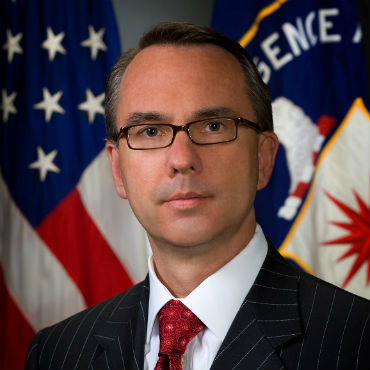CIA official looks to free 'captive' data

The CIA's new head of digital innovation wants to unsilo the spy agency's data. That problem is so big and complicated that a whole new organization has been created to solve it.

Andrew Hallman is leading a seismic shift at the CIA to better use digital tools for espionage.
CIA data has traditionally been held in walled-off silos, but the head of the spy agency's new Directorate for Digital Innovation wants to change that.
Security measures that segment various types of data have "resulted now in a balkanized system of data holdings where it's difficult to look across the enterprise and say, 'This is the entirety of our data,'" said Andrew Hallman, leader of the new directorate, at a Nov. 2 Defense One conference in Washington.
"Right now, what we have is a lot of data that's captive to applications...so we need to kind of free the data from that architecture, and that's a technological issue," Hallman said. He added that he wants to provide other members of the intelligence community with an agile IT platform on which they can develop customizable mission applications.
Hallman is in charge of carrying out a seismic shift at the CIA to better use digital tools for espionage. His directorate, which was officially unveiled Oct. 1, is intended to provide CIA analysts with a "wide range of cyber options in the initial trade space" to help them solve problems earlier in the intelligence cycle, DDI Deputy Director Sean Roche told FCW on a visit to Langley.
Hallman described the challenge before him in his Nov. 2 remarks. CIA officers who might be better versed in geopolitics than math must embrace analytics by working in tandem with data scientists, he said.
Within 10 years, a CIA analyst will be able to take insight from data analytics and translate it rapidly and visually to mobile devices in the field, Hallman said. DDI plans to make that possible in part by taking innovation that is occurring at various mission centers around the world and scaling it across the agency.
He put the momentous changes into context by saying, "This is moving [CIA analysts] from a period where they have been accustomed to what I'll call the manual curation of a finite body of intelligence reporting and other data to one in [which] they need to generate insights from a vast volume and variety of data that they haven't had before."
The CIA's ability to accomplish that objective might in part determine its influence in an intelligence community whose tradecraft has moved into the Digital Age.
NEXT STORY: HHS Wants Help Updating Disease Tracking System


